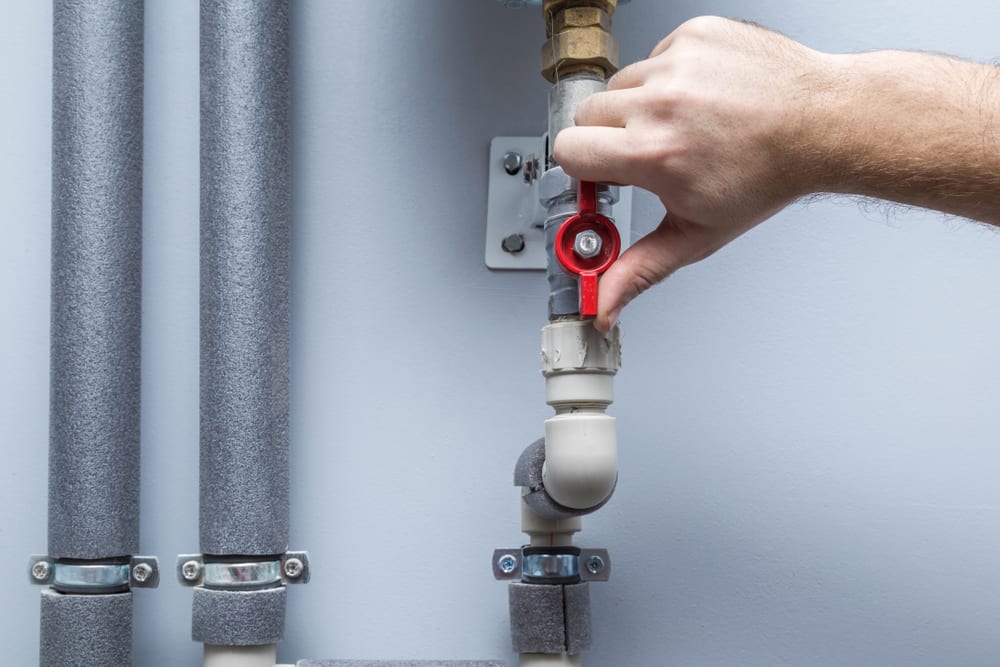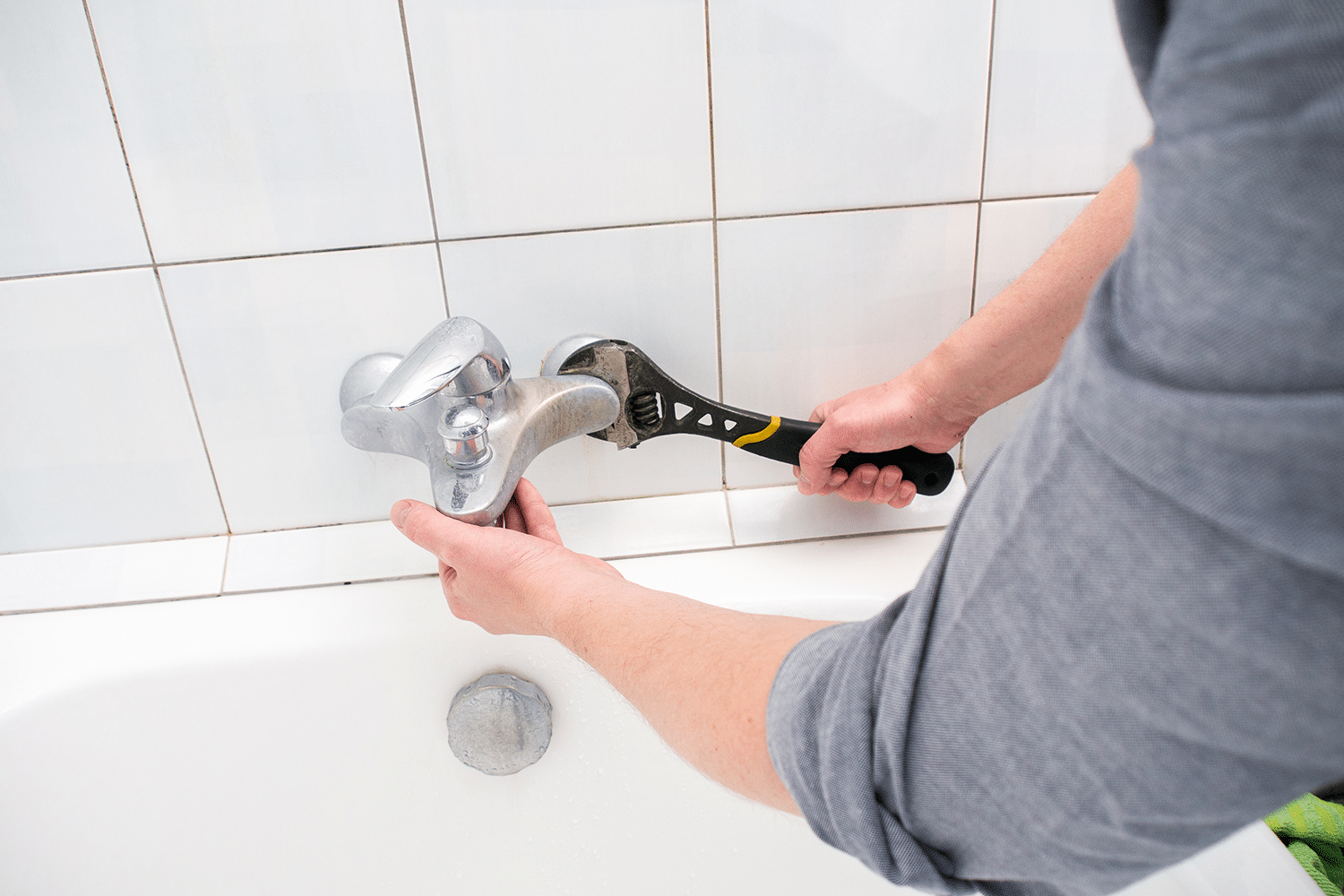When It's Important to Rectify a Malfunctioning Faucet
When It's Important to Rectify a Malfunctioning Faucet
Blog Article
The content down below pertaining to How to Fix a Dripping or Leaky Faucet is really engaging. Don't miss out on it.

Dripping faucets may look like a minor trouble, however their impact exceeds just the aggravation of the audio. From drainage to sustaining unneeded financial expenses and wellness dangers, neglecting a dripping faucet can lead to various effects. In this post, we'll look into why it's essential to resolve this common household concern immediately and properly.
Wastefulness of Water
Ecological Effect
Trickling taps contribute considerably to water wastefulness. According to the Epa (EPA), a single tap leaking at one drip per second can waste more than 3,000 gallons of water per year. This not just stress water resources however also impacts communities and wild animals depending on them.
Step-by-Step Guide to Dealing With a Dripping Faucet
Tools Called for
Before attempting to repair a trickling faucet, collect the needed tools, including an adjustable wrench, screwdrivers, replacement components (such as washers or cartridges), and plumber's tape.
Usual Faucet Issues and Their Solutions
Determine the kind of faucet and the certain concern causing the drip. Common issues include worn-out washing machines, corroded valve seats, or damaged O-rings. Describe producer guidelines or on-line tutorials for detailed support on repair work.
Financial Expenses
Boosted Water Costs
Beyond the ecological effect, dripping taps can blow up water costs considerably. The accumulated wastefulness over time translates into greater energy expenditures, which might have been prevented with timely repair services.
Potential Property Damages
Additionally, long term dripping can result in damage to fixtures and surfaces surrounding the faucet. Water build-up can cause staining, rust, and even structural issues if left neglected, resulting in additional fixing prices.
Wellness Worries
Mold and Mold Growth
The consistent presence of wetness from a dripping faucet develops an ideal setting for mold and mold development. These fungi not just endanger indoor air high quality however likewise pose health threats, specifically for individuals with respiratory system problems or allergic reactions.
Waterborne Diseases
Stationary water in dripping faucets can come to be a breeding place for germs and various other pathogens, enhancing the threat of waterborne illness. Impurities such as Legionella germs grow in stagnant water, possibly leading to major ailments when consumed or inhaled.
DIY vs. Expert Repair service
Benefits and drawbacks of DIY Repair
While some might attempt to deal with a trickling tap themselves, DIY fixings include their own set of difficulties. Without proper understanding and tools, do it yourself attempts can intensify the problem or cause incomplete repair work, lengthening the trouble.
Benefits of Working With a Professional Plumber
Hiring an expert plumber ensures that the underlying root cause of the dripping tap is attended to effectively. Plumbings possess the competence and tools to identify and fix tap issues successfully, saving time and lessening the risk of additional damage.
Environmental Duty
Specific Payment to Preservation
Taking obligation for repairing dripping faucets straightens with broader efforts toward water preservation and ecological sustainability. Every individual's actions collectively make a significant impact on preserving valuable sources.
Lasting Living Practices
By prioritizing timely repair services and adopting water-saving practices, people contribute to sustainable living practices that profit both existing and future generations.
Preventive Measures
Regular Upkeep Tips
To stop trickling faucets, execute routine upkeep such as cleansing aerators, examining for leaks, and changing damaged components promptly. Furthermore, take into consideration setting up water-saving gadgets or updating to more effective fixtures.
Relevance of Prompt Services
Resolving leaking faucets as quickly as they're noticed avoids further water wastage and possible damages, ultimately saving both water and cash over time.
Impact on Home Worth
Understanding of Well-Maintained Building
Maintaining a residential property in good condition, consisting of attending to upkeep issues like dripping taps, boosts its perceived value and desirability among potential customers or occupants.
Impact on Resale Worth
Characteristics with well-kept plumbing components, consisting of taps, command greater resale worths in the realty market. Attending to trickling taps can contribute to a positive perception during property inspections and arrangements.
Final thought
Attending to a trickling tap surpasses mere convenience; it's a crucial step towards saving water, lowering monetary costs, and protecting health and wellness and property. Whether with DIY repairs or specialist aid, doing something about it to deal with leaking faucets is a small yet impactful way to promote accountable stewardship of sources and add to a healthier, a lot more lasting future.
How to Fix a Leaky Faucet: Step-by-Step Repair Guide
A leaky faucet may seem like a simple annoyance, but if it's not fixed promptly, that leak could cost hundreds to potentially thousands. From water damage to mold, mildew, and high water bills, even a tiny leak can be catastrophic if left unattended. Damage like this can even affect the overall value of your home, so it's important to take the right approach for leaky faucet repair. You may need the help of a plumber in some cases, but we've got a few tips you can try on how to fix a leaky faucet before calling the pros.
Four Faucet Types
When you're learning how to fix a leaky faucet, the first step is knowing what kind of faucet you're working with! There are four common types.
Cartridge Faucets
Cartridge faucets come in one- or two-handled varieties. In one-handled cartridge faucets, hot and cold water combines in a single cartridge. In the two-handled versions, hot and cold water are controlled separately and mixed in the faucet.
Ball Faucets
Ball faucets have a single lever you push up and down to adjust the pressure and rotate to change the temperature. A slotted metal ball controls the amount of water allowed into the spout.
Compression Washer Faucets
They're the oldest type of faucet, but they're still used in many homes — especially older ones. Compression faucets have two separate handles that, when turned, raise or lower the washer that seals a water valve. This valve stops water from flowing through the faucet when it is turned off.
Disc Faucets
Disc faucets rarely need to be repaired due to their maintenance-free design. The water flow is controlled by two discs — the upper one raises and lowers against a fixed lower disc, creating a watertight seal. If your disc faucet starts leaking, you may need to replace the seals or clean residue buildup from the inlets.
Fixing a Leaky Faucet
Step 1: Turn Off the Water
Whether you're learning how to fix a leaky bathtub faucet or how to fix a leaky kitchen faucet, always turn off the water supply to your working area when you're fixing a leak. The last thing you want is a flood added to your list of things to fix.
Look for the shutoff valves below your sink or around the tub and turn them clockwise to stop the water flow. If your faucet doesn't have shutoff valves, you may need to turn off the water for the whole house. Check to make sure it's off by turning the faucet on. If nothing comes out, you're ready to start the repair.
Step 2: Take Apart the Faucet
How you disassemble your faucet depends on the type of fixture you have. You can use a flathead screwdriver to remove the caps on top of the handle or handles for cartridge and compression faucets. Inside, you should see handle screws. Unscrew these with a screwdriver to remove the handle.
Disc- and ball-style faucets will typically have an inlet screw near the handle, and removing that will reveal the interior of the faucet.
Detach the Valve Stem
For cartridge- and compression-style faucets, you'll see the inner valve stem or cartridge once you remove the faucet handles. If you have a compression faucet, unscrew the brass valve stem. If you have a cartridge faucet, pull out the cartridge. If your cartridge has been in place for a while, it may require some tools or extra force to remove it due to mineral deposits.
Examine and Replace Parts
Once you've removed the parts, check them out to confirm what needs to be replaced. You may see corroded rubber washers, O-rings, stems, or cartridges. On a ball-style faucet, check the seats and springs for damage.
If you need to repair a leaky disc faucet, check the inlet and seals on the lower disc.
Once you determine what parts must be replaced, visit your local hardware store. Bring the damaged parts with you to ensure you can purchase the correct components to replace them.
Clean Valves and Faucet Cavity
If you've removed a stem or cartridge, you may notice mineral buildup in the faucet's threads. Use white vinegar to clean the valve seat by soaking it for a few minutes, then scrub it away with a soft toothbrush and rinse with warm water. You can also clean the interior of the faucet in the same way.
Reassemble the Faucet
Once your faucet is cleaned and the required parts have been replaced, it's time to reassemble it. Put the pieces back together and slowly turn the water supply back on. Doing this slowly is crucial because too much initial water pressure can damage the new hardware you've just installed.
https://homewarranty.firstam.com/blog/how-to-fix-leaky-faucet

We were shown that editorial about What Causes Leaky Faucets & How To Fix Them from a good friend on our other web address. Those who liked our article plz make sure you remember to share it. Many thanks for your time. Don't hesitate to come visit our blog back soon.
Report this page